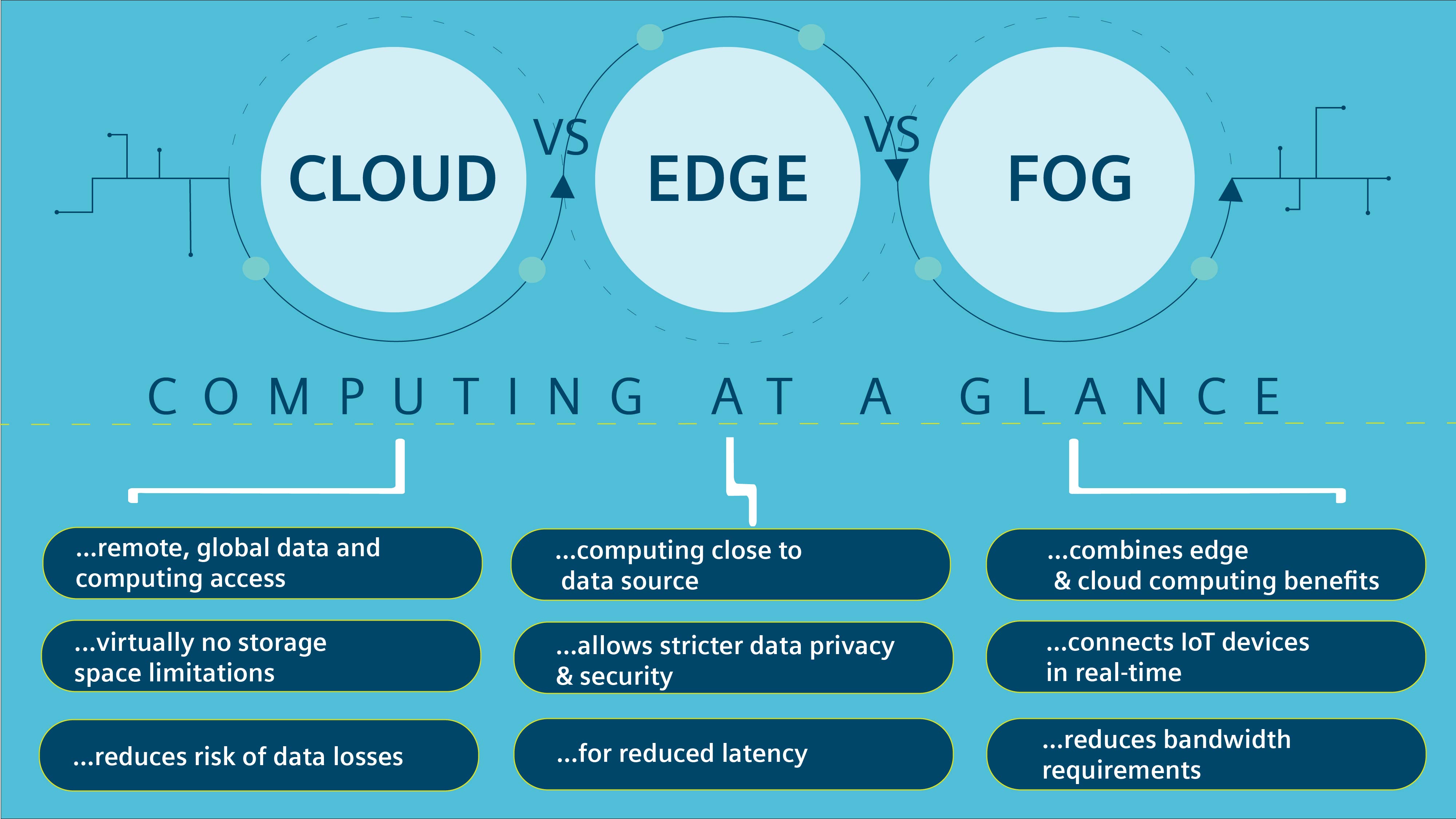What is the Difference Between Cloud Computing and Edge Computing?

Cloud computing and edge computing are two of the most popular buzzwords in the tech industry today. These two terms are often used interchangeably, but in reality, they are two different concepts with their own unique benefits and drawbacks. In this post, we’ll take a closer look at each of these technologies and explore what sets them apart from one another.
The Difference Between Cloud Computing and Edge Computing
Simply put, cloud computing refers to the use of remote servers hosted on the internet to store, manage, and process data. In contrast, edge computing refers to the practice of bringing computing resources closer to the devices and sensors that collect and transmit data.
Cloud computing has gained immense popularity in recent years due to its scalability, flexibility, and cost-effectiveness. With cloud computing, organizations can access vast computing resources on-demand, without the need to invest in expensive hardware and infrastructure. Cloud computing platforms such as Amazon Web Services (AWS) and Microsoft Azure offer a wide range of services, including computing power, storage, and data analytics.
Edge computing, on the other hand, is gaining traction due to the rise of the Internet of Things (IoT) and other connected devices. With edge computing, data is processed closer to the source, which can reduce latency, improve bandwidth efficiency, and enhance security. Edge computing solutions can be deployed in a variety of settings, including factories, hospitals, and transportation systems.
Abstract
Cloud computing and edge computing are two different technologies that are often confused with one another. Cloud computing involves the use of remote servers hosted on the internet, while edge computing brings computing resources closer to the devices and sensors that collect and transmit data. The primary benefit of cloud computing is its scalability and flexibility, while edge computing provides faster processing speeds and better security.
Introduction
For many years, cloud computing has been the go-to solution for organizations that require flexible and scalable computing resources. With cloud computing, organizations can access vast computing resources on-demand, without the need to invest in expensive hardware and infrastructure. Cloud computing platforms such as Amazon Web Services (AWS) and Microsoft Azure offer a wide range of services, including computing power, storage, and data analytics.
However, the rise of the Internet of Things (IoT) and other connected devices has created a new set of challenges for cloud computing. With billions of sensors and devices generating huge amounts of data, the traditional cloud computing model may not be able to keep up. This has led to the emergence of edge computing, which brings computing resources closer to the devices and sensors that collect and transmit data.
Content
Benefits of Cloud Computing
The primary benefit of cloud computing is its scalability and flexibility. With cloud computing, organizations can access vast computing resources on-demand, without the need to invest in expensive hardware and infrastructure. Cloud computing platforms such as Amazon Web Services (AWS) and Microsoft Azure offer a wide range of services, including computing power, storage, and data analytics.
Cloud computing is also highly cost-effective since organizations only pay for the computing resources they use. This makes it an ideal solution for organizations that have variable computing needs or those that want to avoid the capital expenses associated with owning and maintaining their own hardware and infrastructure.
Challenges of Cloud Computing
While cloud computing has many benefits, it also has its own set of challenges. One of the biggest challenges is latency. Since cloud computing involves accessing remote servers hosted on the internet, there can be significant lag times between when data is generated and when it is processed.
Another challenge of cloud computing is security. With data stored on remote servers, organizations must rely on third-party providers to ensure the security and privacy of their data. This can introduce additional risks, such as data breaches and cyber attacks.
Benefits of Edge Computing
The primary benefit of edge computing is its ability to process data closer to the source. With edge computing, data is processed on devices that are located closer to the sensors and devices that generate it. This can reduce latency, improve bandwidth efficiency, and enhance security.
Edge computing is ideal for organizations that require real-time processing and analysis of data. This includes applications in healthcare, transportation, and manufacturing, where delays in processing data can lead to serious consequences.
Challenges of Edge Computing
While edge computing has many benefits, it also has its own set of challenges. One of the biggest challenges is the need for specialized hardware and infrastructure. Since edge computing involves bringing computing resources closer to the source, it requires specialized devices and infrastructure that can withstand harsh operating conditions.
Another challenge of edge computing is the lack of standardization. With a wide range of devices and sensors that could potentially be connected to an edge computing network, it can be difficult to ensure compatibility and interoperability.
Conclusion
Cloud computing and edge computing are two different technologies that offer unique benefits and challenges. Cloud computing is ideal for organizations that require scalable and flexible computing resources, while edge computing is ideal for organizations that require real-time processing and analysis of data.
Ultimately, the decision on which technology to use will depend on the specific needs and requirements of the organization. However, a combination of both cloud computing and edge computing may offer the best of both worlds, providing both scalability and real-time processing capabilities.
Source image : evisionindia.wordpress.com

Source image : www.siemens-advanta.com


